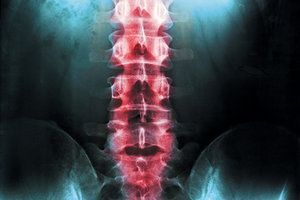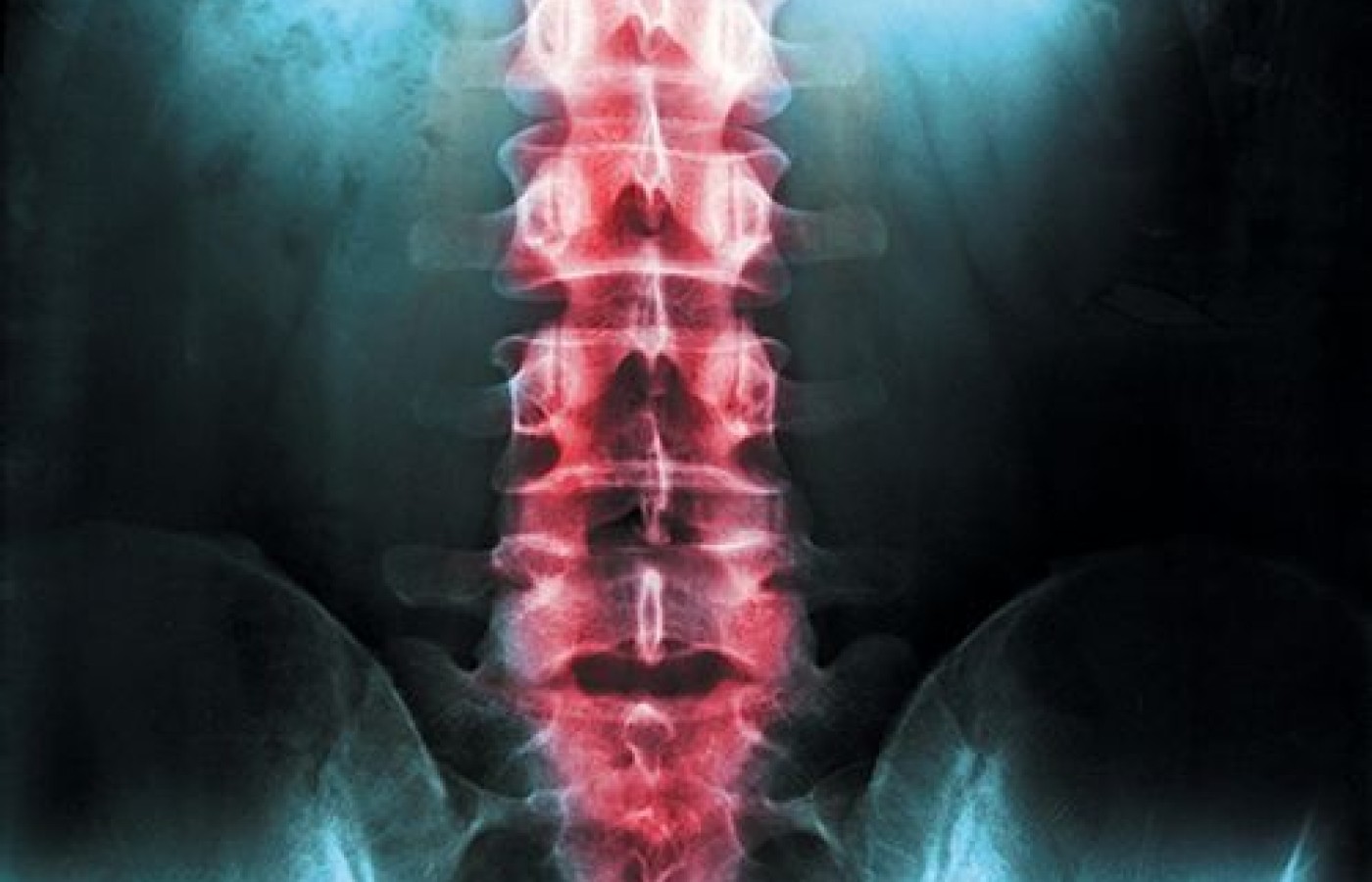Recent laws in New Jersey and California represent a disturbing trend that will negatively impact a practice’s ability to collect monies from patients, as well as expose them to significant penalties if the practice does not follow the mandatory guidelines to a T. Please be aware that a similar law may be coming to your state. The time to act is before the law is passed.
Thoracolumbar Fascia: The Chronic Pain Linchpin
We all know it by name from anatomy class: thoracolumbar fascia (TLF) – that amazing white stuff bridging the gap between the upper and lower torso. You had to dissect and identify it in anatomy lab to pass the course. However, once class was over and you got out into the real world to help people suffering in pain, did you ever really think of that miraculous fascia again? Probably not.
Most often the poor TLF is relegated to a shot-in-the-dark, carryover treatment with electric muscle stimulation or hot / ice packs on a tight, spastic, inflamed lower back. That's a shame. Why? Because the thoracolumbar fascia is a key player in stabilizing, generating, dispersing and releasing the forces necessary for human locomotion: walking. Without it, you cannot establish contralateral alternating movement patterning for gait. You would essentially be dead in the water and unable to move.
The thoracolumbar fascia is a vitally important area for treatment of musculoskeletal injury / pathology and when developing a long-term strategy for recovery / regeneration treatment protocols. Let's review important factors regarding the TLF in relationship to movement, and offer some therapy strategies to improve efficiency and function.
TLF Characteristics
The thoracolumbar fascia has three layers attaching to many other core stabilizing structures of the central zone:
- Anterior layer – Attaching to the anterior aspect of the lumbar transverse processes and the anterior surface of the quadratus lumborum.
- Middle layer – Attaching to the medial tip of the transverse processes, giving rise to the transverse abdominis.
- Posterior layer – Covering all of the muscles from the lumbosacral region through the thoracic region, as far up as the cervical splenii attachments. This posterior layer attaches to both the erector spinae and gluteus maximus aponeurosis. The gluteus maximus and contralateral latissimus dorsi attach with each other and coordinate, allowing crosslink movements between the upper and lower extremity, which makes walking and running possible. This crosslink is known as the posterior oblique sling (POS). (More on this later.)

Of special note is that the internal fibers of the TLF also attach to the posterior fibers of the internal obliques and diaphragm, thus playing a role in establishing core stabilization via its contribution to intra-abdominal pressure (IAP). Insufficient IAP leads to poor proximal stabilization patterning and restriction in distal mobility movements. Decreased proximal stability may lead to compensatory lumbar / hip compression and subluxation.
The high number of mechanoreceptors found in the thoracolumbar fascia (and in all fascia) indicates that the fascial connective-tissue system provides an important sensory feedback role for the body. Releasing overcontracted fascial fibers and reducing upregulated (facilitated) neural input is a key strategy for re-establishing movement patterning in the posterior oblique sling subsystem. The use of manual therapy for pain relief via hand / instrument-assisted soft-tissue work or EMS, ultrasound, laser therapy, and elastic therapeutic taping prior to corrective exercise programming can help patients establish an improved sense of body awareness.
Signs of TLF Dysfunction
What are some possible signs of an overworked / compensated thoracolumbar fascia? Here are 10 big ones:
- Tightness, spasticity and increased tone in the lower thoracic and lumbar spine / paraspinal region that always returns, even after localized therapy is provided.
- Increased lumbar lordosis with chronic lumbar spine pain / fixations.
- Sacroiliac joint locking / fixation.
- Nagging shoulder and hip pain that does not improve with localized treatment to the painful areas.
- Inability to expand the rib cage with diaphragmatic breathing.
- Decreased thoracic spine rotation.
- Hip joint fixation with decreased range of motion.
- Altered gait patterning. Poor contralateral arm and leg swing.
- Sub-occipital headaches or plantar fascial pain due to the fascial attachment via the "superficial back line" referenced in Thomas Myers' Anatomy Trains.
- Spasm / weakness in the quadratus lumborum muscle.
Restoring efficiency of the TLF in the posterior oblique subsystem can make some quick improvements to the above list. If the thoracolumbar fascia is upregulated / facilitated, other synergistic components of the sling may become inhibited, leading to faulty movement patterning.
Steps to Optimizing Function
- Release the thoracolumbar fascial tension via manual therapy soft-tissue techniques. Examples include active release, Graston, Rolfing, myofascial release, etc. You may also use laser therapy, ultrasound, EMS, dry needling, percussion, etc.
- Activate (engage) the often-inhibited components of the chain (glue max and latissimus dorsi). Easy reset options are bilateral arm adduction for the latissimus and glute bridging for the glute max. Recommended: perform supine in an unloaded position to reduce stability requirements of the core and increase quality of movement.
- Repeat 1 and 2 as necessary.
- Observe walking and gait patterns before and after treatments. Note the difference in gait (arm swing, leg swing, thoracic rotation) and how much more control the patient exhibits. Ask the patient to explain the differences they feel.
Once you understand how loads and forces are transferred through the body, you can start to see why pain found in other areas (low back, buttock / piriformis, sacroiliac joint, hamstring, trap, etc.) may be due to problems in the thoracolumbar fascia. Pain only tells you there is a problem; it does not always tell you what the problem is and why it is a problem.
Because the thoracolumbar fascia is the center of the X-cross body pattern of the human body and a major player in virtually every trunk motion, an injury to this tissue can cause unlimited movement pattern chaos and potential injury. In your treatment regimen, focus on thoracolumbar fascia function, not just pain. Your patients will be happier and so will you.
Resources
- Chaitow L, Delany J. Clinical Application of Neuromuscular Techniques – Volume 2: The Lower Body. Churchill Livingstone. Philadelphia, PA. 2002.
- Cook G. Movement: Functional Movement Systems: Screening, Assessment, and Corrective Strategies. Aptos, CA: On Target Publications, 2010.
- Hammer WI. Functional Soft-Tissue Examination and Treatment by Manual Methods. Jones and Bartlett Publishers. Sudbury, MA, 2007.
- Willard FH, Vleeming A, Shuenke MD, et al. The thoracolumbar fascia: anatomy, function and clinical considerations. J Anat, 2012 Dec;221(6):507-36.
- Schleip R. Fascial plasticity: A new neurobiological explanation, part 1. J Bodywork Mov Ther, 2003;7(1):11-19.



